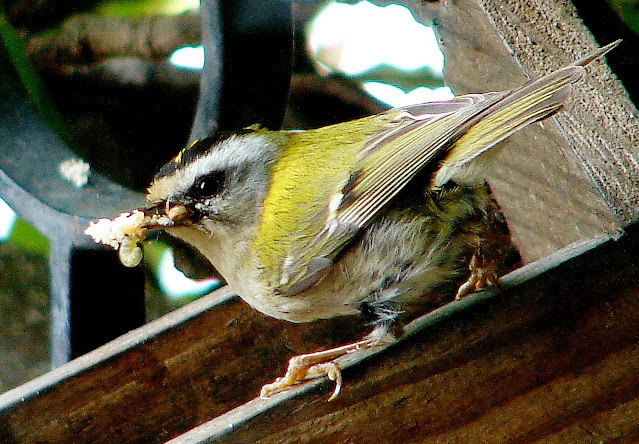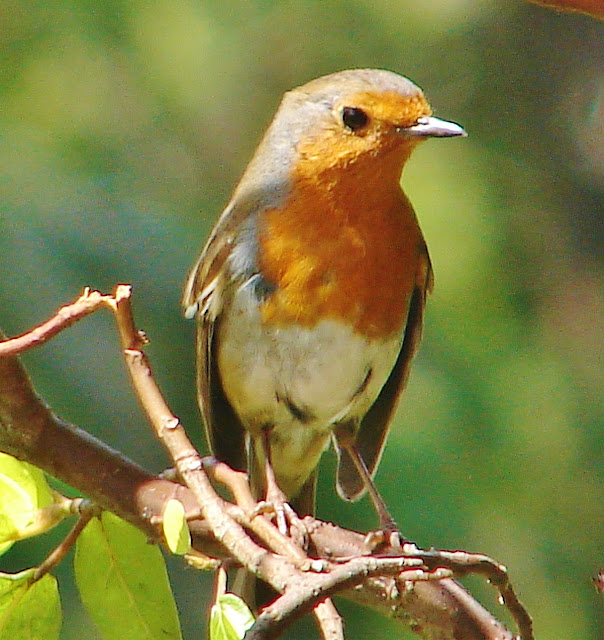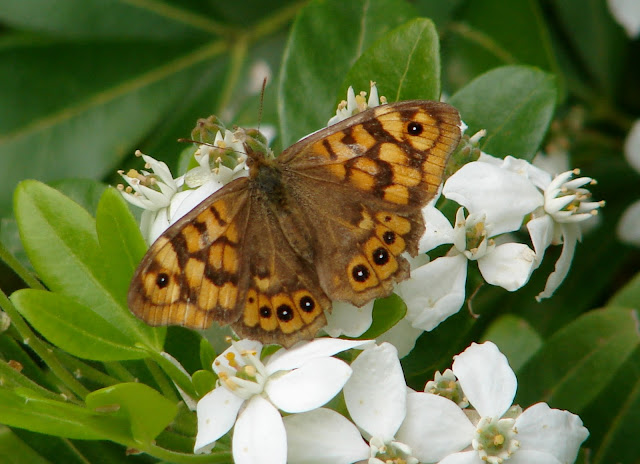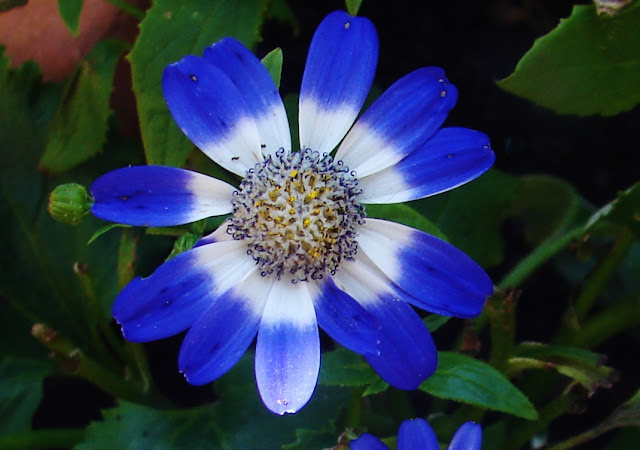As it is raining heavily I took these photos of insects from the archives when several years ago I was just photographing insects, and it was a wonderful experience which I am delighted to be able to share with you
The Scorpion Fly Panorpa communis
The Scorpion Fly is a strange looking insect. It is a common insect, but new to me. Unfortunately these images are of poor quality, and I was unable to take a photo of the fly with it's curled tail, the reason for it's name, and nor did I get a good shot of it's long face.
The scorpion-like tail does not sting however, but is used by the male for courtship displays, and it is in fact the males genitalia. The most interesting of Scorpion Fly facts, is that the male attracts the female by making food offerings, and the female will select the male depending what gift is offered.They grow up to 25 mm in length, and can jump as well as fly and are good for the environment because adults and larvae feed on dead insects. They are scavengers that often steal insects from spiders webs
The Marsh Fly or Snail-killing Fly
It is common along the edges of ponds, rivers, and marshy areas. The adults drink dew, and nectar, but the larvae prey on, or become parasites on slugs, snails, and finger nail clams. The pretty females often lay their eggs in fresh water snails. The Marsh Fly is 1 1/2 cm in length.
The adults feed on nectar and pollen, the Larvae generally are parasitoids of other insects.
Like some bumblebees they are brownish yellow and furry, and make a buzzing sound when flying, but unlike them, they only have two wings, instead of four. They have large eyes and long skinny legs, and short antennae, not at all like bees.
They are prodigious fliers, that can hover in midair, and have fast manoeuvring skills. They possess a stiff long tongue or proboscis, which they use for probing flowers, to sip their nectar. They make an early appearance in Spring, and are good pollinators..
They can be seen from March up to June, and visit most flowers.


















































.JPG)






















